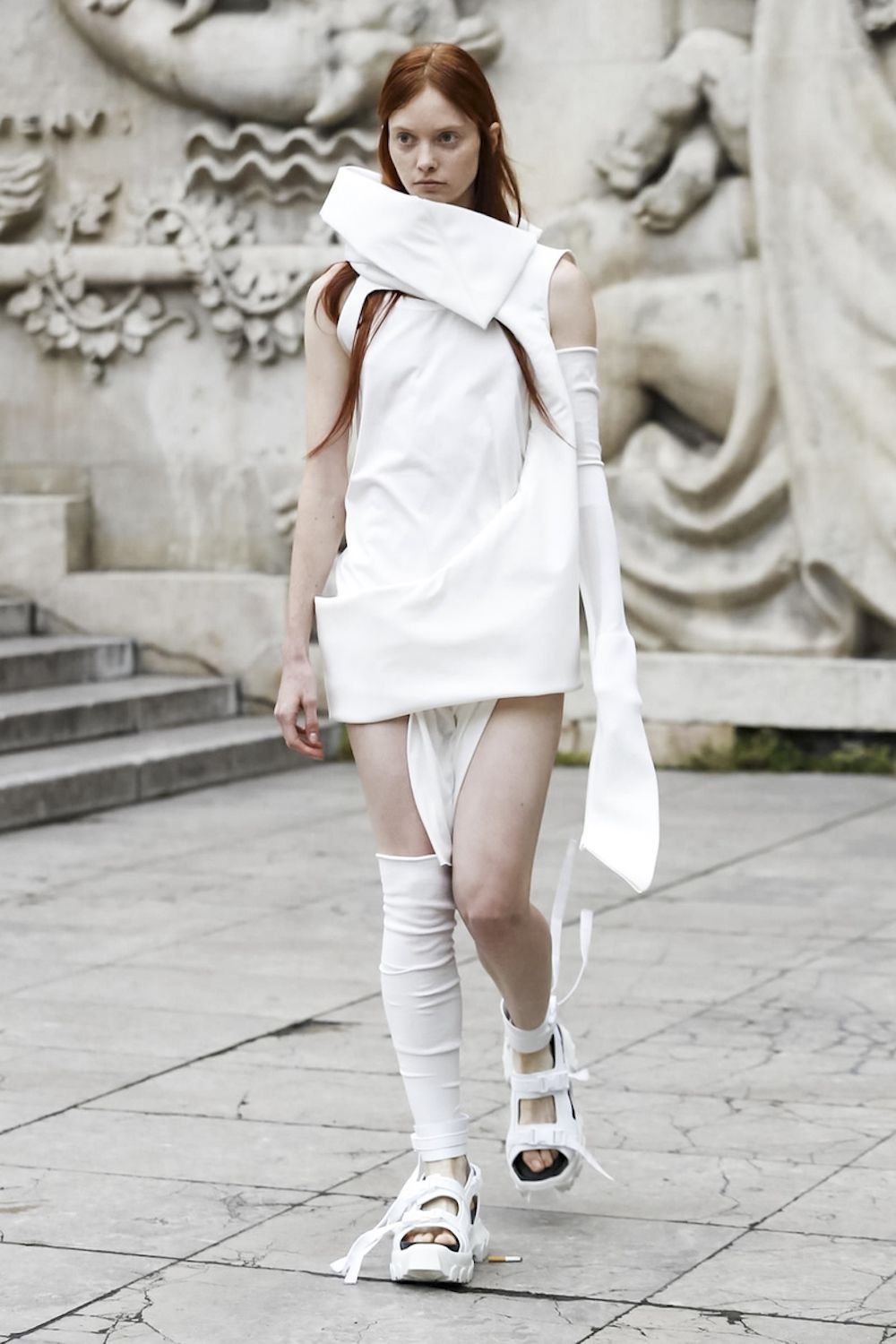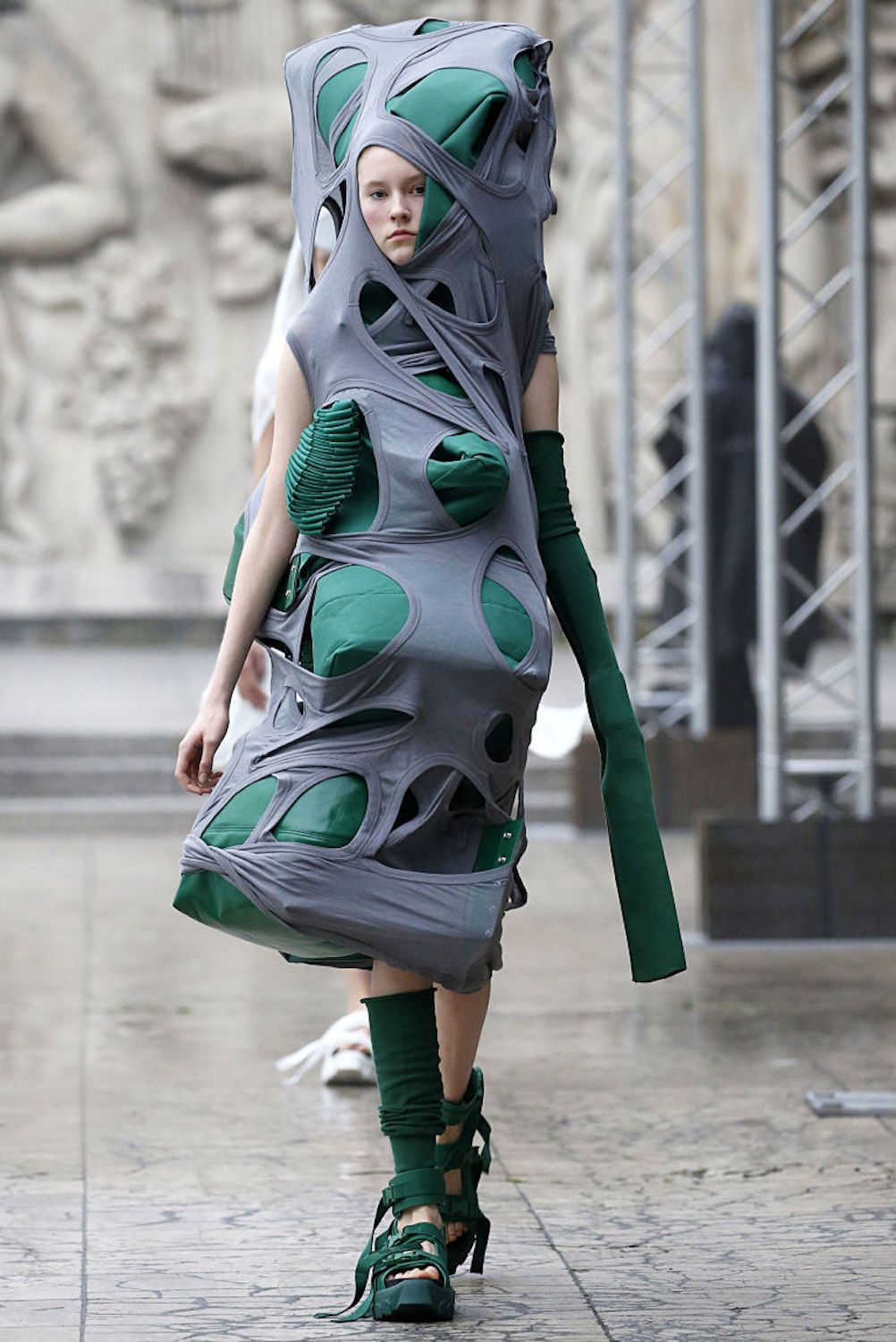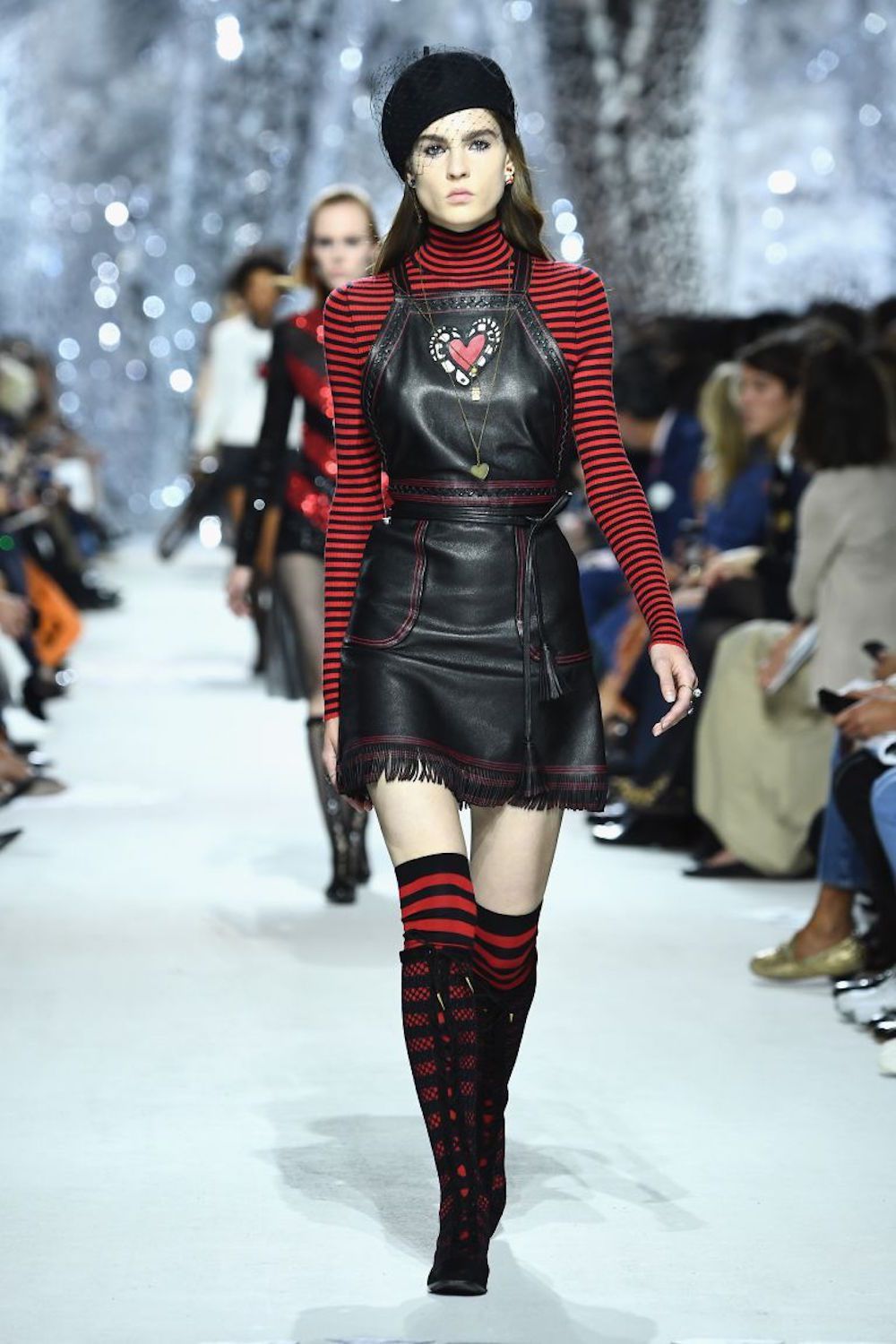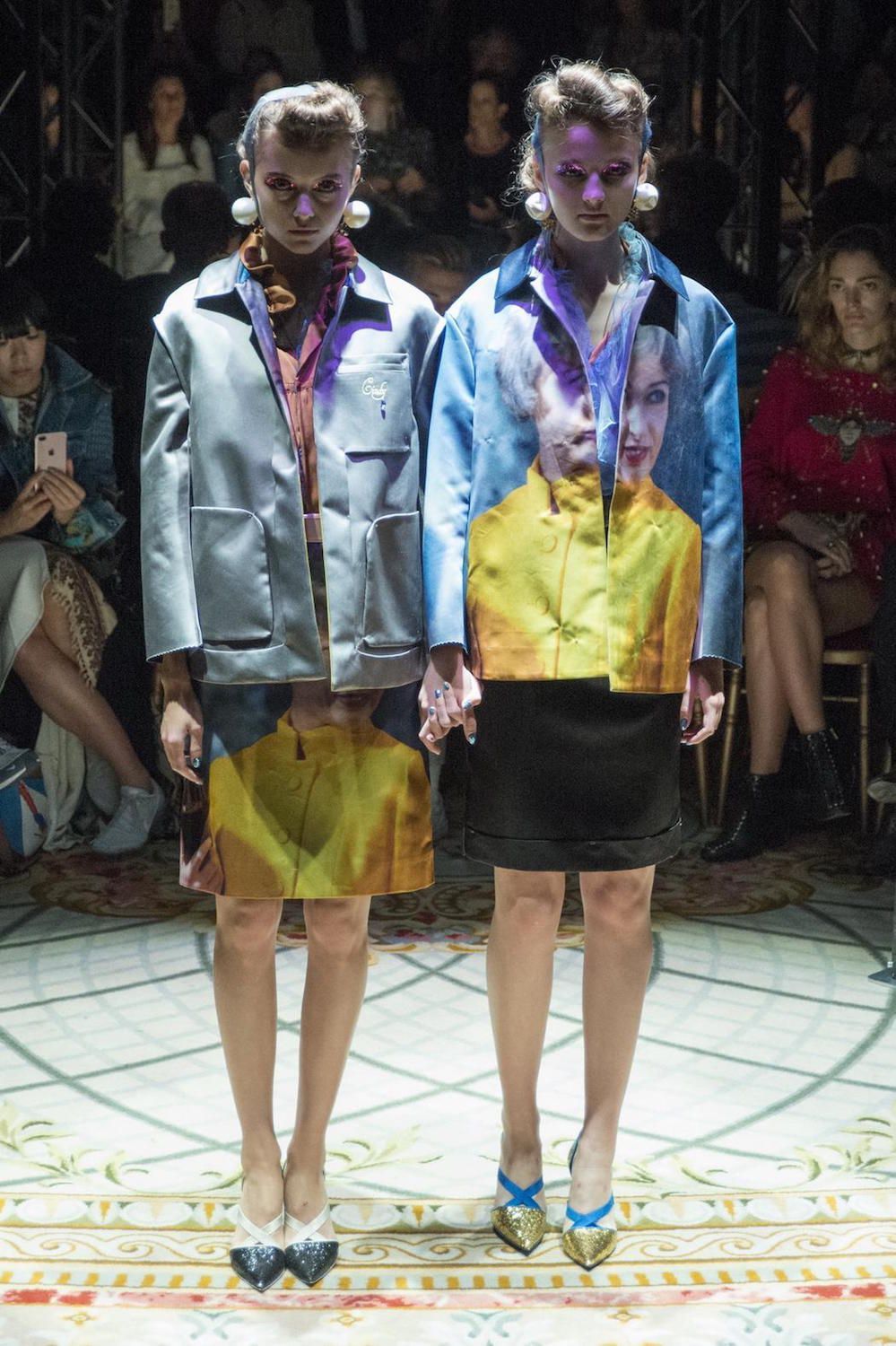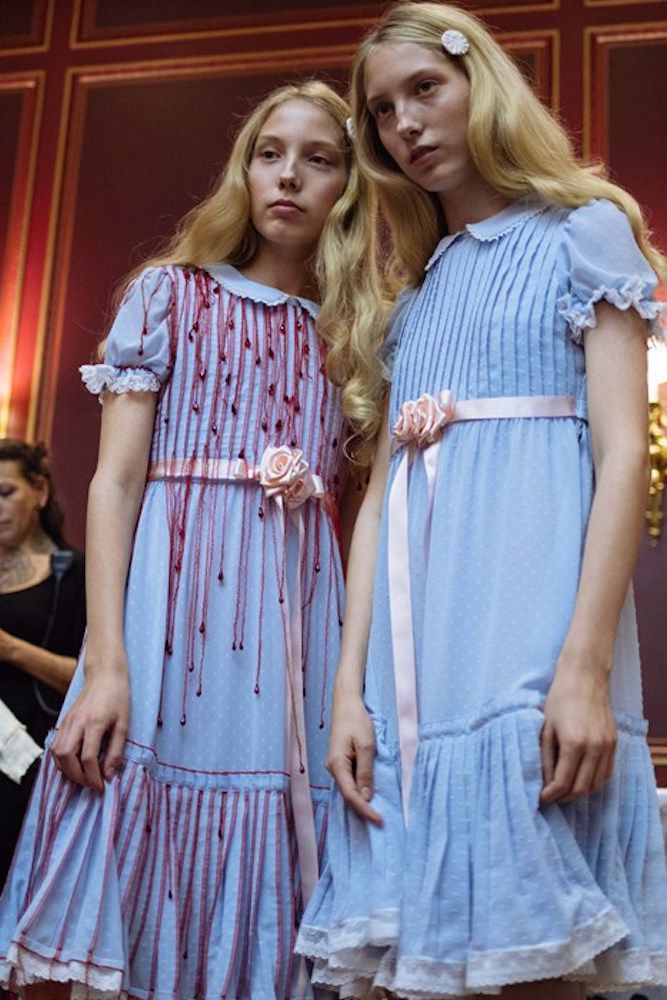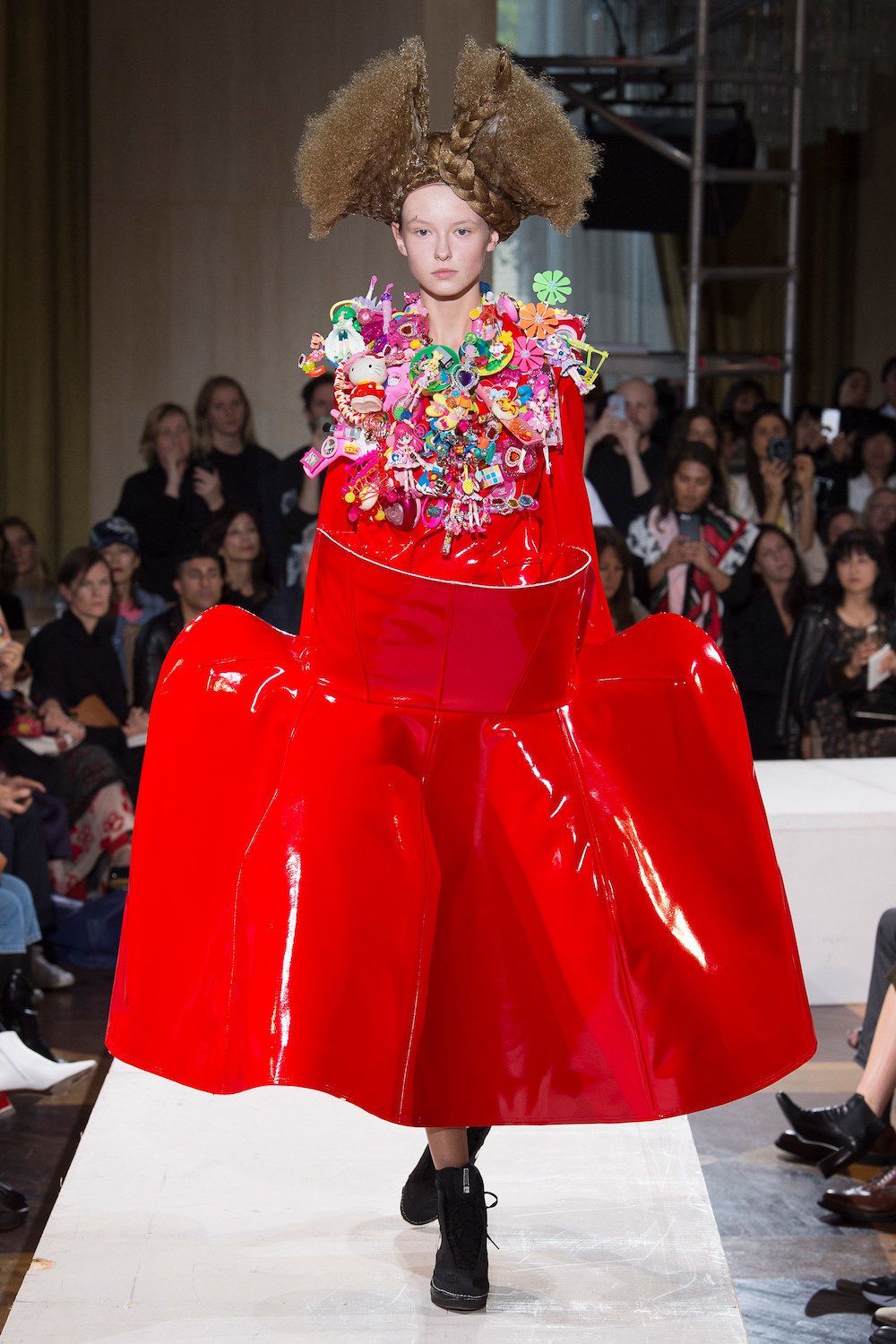
The theater of fashion: when fashion shows become art The ultimate trend of Paris Women's Fashion Week SS18
Complex, stratified visions in which the meaning of creations remains mysterious.
Between dream location and dresses that are true architectures to wear, the Paris Women's Fashion Week ends, the last of a long series of days dedicated to the SS18.
More than just fashion shows, those that follow one after the other are true theatrical plays, moving art installations that emphasize how fashion and art have now become speculative concepts driven in ever more ingenious and spectacular ways.
From Elsa Schiaparelli and the Surrealists to the dresses of Viktor and Rolf for Fall 2015 Couture, from the beautiful and well-groomed Chanel sets to Alexander McQueen with his gothic mood, iconic performances and sculptural dresses, a thread binds these two entities into viscerally. Art and artists inspire, offer ideas and suggestions, but in some cases, shape the silhouettes of the clothes, their construction, influence their choice of colors, determine accessories, makeup, hairstyle and the way in which they are presented to the public.
So fashion shows increase their theatricality in an attempt to evoke a certain mood, a feeling, an experience that translates the heads of a collection into something that remains alive, imprinted in memory and in time. In recent years, when the curtain is about to get up in a new season of fashion shows, journalists and fashionistas know that they will not only see models on a catwalk but expect the magic, the wonder, the coup de théâtre.
It does not matter that these things come from clothes or sets, as long as there are. Designers are so aware that people do not just want to have a luxury product, but want to have experience, to compete among themselves for the most innovative idea, the one with greater appeal. Just think of the dramatic presentations of the last weeks in Paris - the fashion capital among al hosts the largest number of creative people who opt for architectural creations, art, performances and spectacular location.
Saint Laureant, for example, has brought his collection to the gardens of the Trocadero, where the moon in a starry sky in the background and the Eiffel Tower filled the eyes of spectators beauty, the same feeling evoked by the waterfall recreated by Karl Lagerfeld and Chanel inside the Grand Palais. Comme des Garçons, Rick Owens, Dior and Undercover, while maintaining high around them hype and spectacularity have chosen to convey it through more basic presentations, but conceptual creations, over-decorated, enriched by a strong connection with the world of art. The first creating live paintings by Arcimboldo or Macoto Takahashi, Owens continuing cryptic speech about Marinetti and Thayath started with the previous men's collection, Maria Grazia Chiuri for Dior honoring the colorful works of Niki de Saint Phalle, while Undercover those of Cindy Sherman.
Given that the trend of the “theater of fashion” is a reality that is to remain, the question is: beauty around clothing or their world-art contamination simply distracts attention from them or, conversely, amplify it?










































